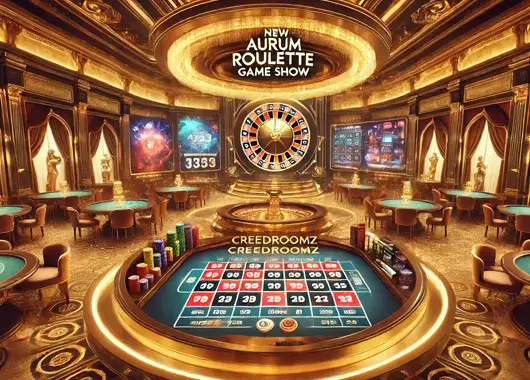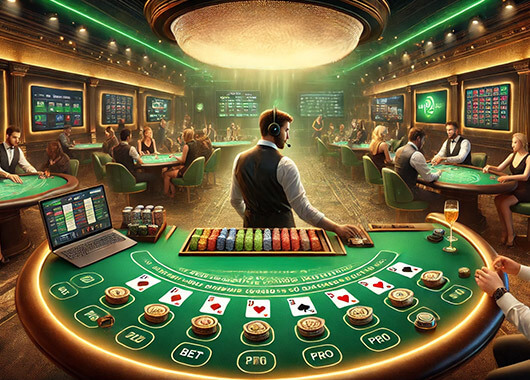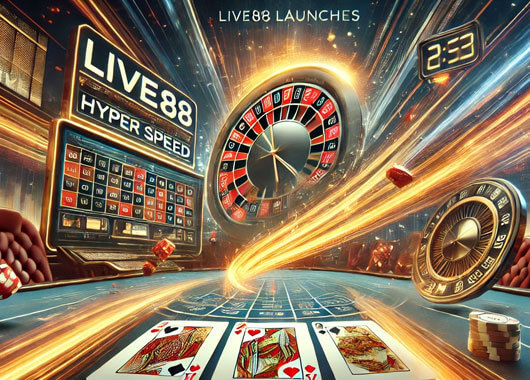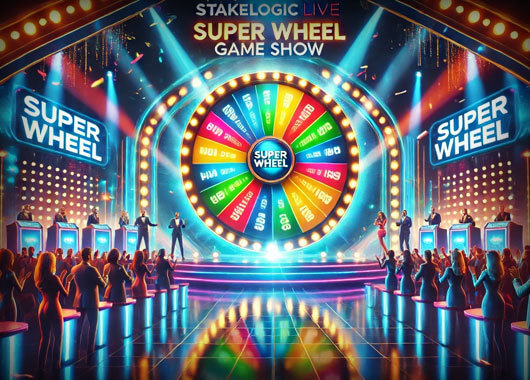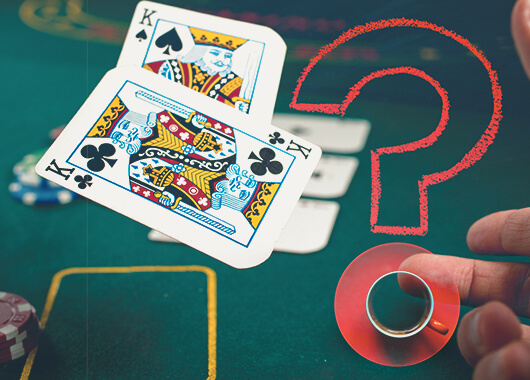
An Intro to (Beating) Spanish 21
Most of you would have certainly seen the casino game Spanish 21 as you’ve ventured through casinos moving in and out of the Blackjack games searching for high count game. You also likely know that it’s essentially Blackjack minus the tens, with very liberal rules. Most APs would recoil with horror, and shake their head at anyone playing the game. Tens are good for the player, by taking four ten-value cards out per deck gives the house an additional 2% edge. That is a lot and if you’re trying to play to an advantage. In theory, Spanish 21 without the special bonuses is countable by traditional methods, but you would need an enormous spread.
Let’s briefly review why some Blackjack games are beatable by card counting. There are two primary reasons: a low house edge, and high-magnitude EoR (Effect of Removal). This means removing certain cards impacts the house edge by a lot. Some Blackjack games have house edge of less than 0.5%; how much exactly depends on the rules. This is also the case with Spanish 21. A 6-deck H17 Spanish 21 has a house edge of 0.78%, however the house edge of S17 Spanish 21 is only 0.38%, and H17 with redoubling is 0.42%.
EOR is why card counting works. The table below shows the normalized EORs for a 6-deck Blackjack game with DAS, DOA, SPA1, SPL3, LS, and S17 (labeled BJ in table), and a 6-deck S17 Spanish 21 (labeled SP21), as well as the EV (the negative of the house edge) for each game. Normalizing means that one card per deck, rather than one card per 6-deck pack is removed.
| 2 | 3 | 4 | 5 | 6 | 7 | 8 | 9 | X | A | EV | |
| BJ | 0.41 | 0.48 | 0.65 | 0.83 | 0.45 | 0.25 | -0.04 | -0.22 | -0.56 | -0.58 | -0.35 |
| SP21 | 0.31 | 0.40 | 0.59 | 0.73 | 0.41 | 0.08 | -0.20 | -0.13 | -0.39 | -0.99 | -0.38 |
| HiLo | +1 | +1 | +1 | +1 | +1 | 0 | 0 | 0 | -1 | -1 | NA |
The table shows that the S17 Spanish 21 has a comparable EV to S17 Blackjack, and extraordinary EORs. One should take special note of how high the Spanish 21 Ace EOR is compared to Blackjack. This means that the Ace more valuable to the player in Spanish 21 than Blackjack. If you are familiar with Spanish 21 rules naturals are always paid 3 to 2, you can split Aces to four hands, draw on them as much as you want, and double down, even after you have hit. In addition, the bonuses for 5-or-more-card twenty-ones make small cards (including Aces) more valuable.
As you can see, Spanish 21 is as countable as Blackjack. Noted gaming publisher Anthony Curtis says:
“As is often the case in gambling, cursory investigation, erroneous assumptions, and limited information can lead to missed opportunities.”
The number of tens per deck is irrelevant, when the house edge is low. The basic Hi-Lo count applies in Spanish 21. It is not optimal but it gets the job done, mostly because you are counting both tens and Aces as -1, while their EORs are quite dissimilar, yet the same thing is seen in Blackjack, where the EOR for a 2 is 0.45% and the EOR for 5 is 0.83%, however they both carry a tag of +1. While using the Hi-Lo for Spanish 21, the net count per deck is +4, so it is an unbalanced count, but this is not unusual as the ZEN unbalanced count is similar in nature. We can account for this by starting our running count at -4n, where n = number of decks, but unlike unbalanced counts for Blackjack, we still must calculate the true count but we normalize to 5.5 decks rather than 6 to account for the 24 cards that are removed in the form of 10s. The neutral true count is -4 instead of 0 so we gain our advantage when the true count reaches -3.
Spanish 21 is better suited for a 2-level count but we can still a high win rates and using Hi-Lo in Spanish 21. Spanish 21 has other benefits over Blackjack, such as greater scope for play variation. As the count goes up in Blackjack, you vary your play to take advantage of the extra tens: Such as standing on 12 versus 2 and 3 instead of hitting, and by standing on 15 and 16 against high up cards. In Spanish 21, we vary our stiff hand play along all lines of the spectrum from hitting all of them versus 2-6 at TC = -11 to standing on all of them at TC = +8 (12 above neutral). By using all the indices, we more than double the win rate in Spanish 21. This is a much better performance than using the illustrious 18 for Blackjack.
The factors that make Spanish 21 a better game are as follows.
- It is easier to count, as all the high cards look distinctly different to the others, and you are not constantly swapping between negative and positive running counts
- The liberal rules make it more enjoyable;
- The penetration is always better than Blackjack, sometimes up to 90%. If you’ve seen Spanish 21 basic strategy, don’t be scared by the complexity; the conditional plays (the ones that depend on the number of cards in your hand) can be ignored without any significant loss in win rate to the card counter. That makes it no more difficult to learn than Blackjack.
The best feature of Spanish 21 is that you can play a game with a superior advantage to Blackjack, but in a zero- or low-heat environment. The consequences of that are amazing to those of you compare them to the ridiculous modern-day Blackjack table conditions particularly in Las Vegas. When you play Spanish 21 you can sit down at a table for eight hours, and play with zero bet camouflage, day after day, for a week straight.
Blackjack players are so used to having to camouflage their bets that they’ve forgotten the meaning of the words “proportional betting.” They often bet too high at barely advantageous counts, or not bet at all. They’ll often parlay only after a win. These modifications are extremely costly it terms of win rate. The low daily hand rate of the modern American Blackjack player means that their daily standard deviation is huge compared to their win rate.
Don’t put up with Blackjack anymore – you can do better. Play Spanish 21 now, before the other side finds out, and it’s too late. Right now, it’s the game for the Blackjack players in the know. It’s the game that all the serious Blackjack pros are talking about.



